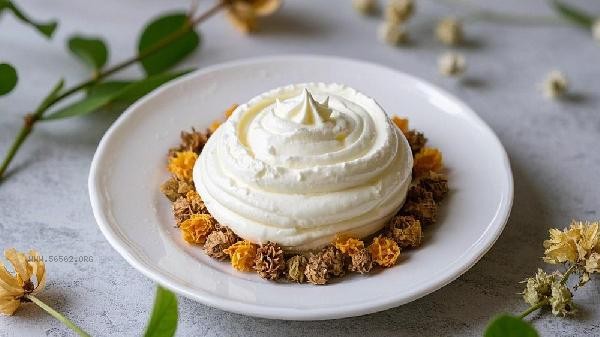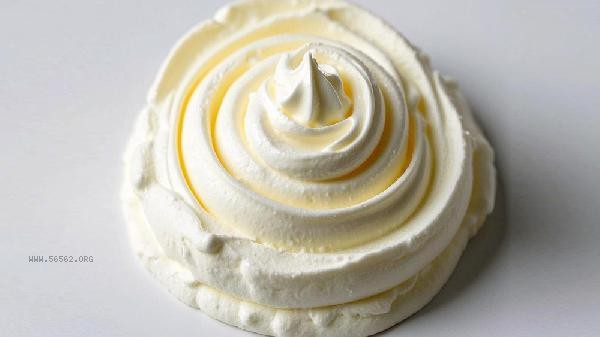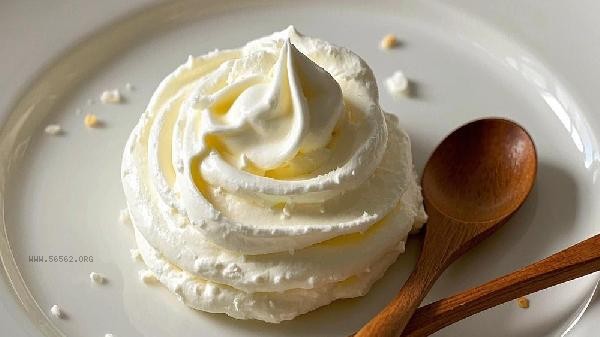Cream strawberry seedlings usually cannot bear fruit all year round under natural conditions, and continuous fruiting can be achieved mainly in controlled environments. Cream strawberries are seasonal fruits that bear fruit 1-2 times a year under natural growth conditions, but the fruiting period can be extended through measures such as greenhouse regulation, supplementary light technology, and variety improvement.

Naturally planted cream strawberry seedlings often bear fruit in spring and autumn, and are significantly affected by light cycles and temperature. The traditional peak period for fruit production is from March to May in spring, and some varieties may experience secondary fruiting from September to November in autumn. During outdoor cultivation, low temperatures in winter can lead to plant dormancy, while high temperatures in summer can inhibit flower bud differentiation. These two seasons usually do not result in natural fruiting. There are differences in the fruiting cycles of different varieties, and day neutral varieties are more likely to achieve multi season fruiting than short day varieties. Modern facility agriculture technology can break through seasonal limitations. Greenhouse planting can induce continuous flowering and fruiting of strawberry seedlings through constant temperature control, artificial light supplementation, and precise management of water and fertilizer. The use of soilless cultivation system combined with carbon dioxide fertilization can further improve yield and quality. But continuous results will accelerate plant aging, and new seedlings need to be replaced regularly to maintain production efficiency. Elevated cultivation combined with crop rotation is commonly used in commercial planting to achieve annual supply.

It is recommended to choose seasonal varieties such as Albion, Monterey, and other day neutral varieties for growing cream strawberry seedlings at home. When potted, maintain an ambient temperature of 15-25 degrees Celsius, provide at least 6 hours of light per day, and regularly apply phosphorus and potassium fertilizers to promote continuous flowering. Pay attention to timely removal of old leaves and creeping stems to avoid nutrient consumption. Indoor maintenance in winter requires attention to ventilation and disease prevention, while in summer, shading and cooling are necessary. Although technical means can prolong the fruiting period, it is still recommended to give plants a suitable rest period to maintain long-term vitality.









Comments (0)
Leave a Comment
No comments yet
Be the first to share your thoughts!